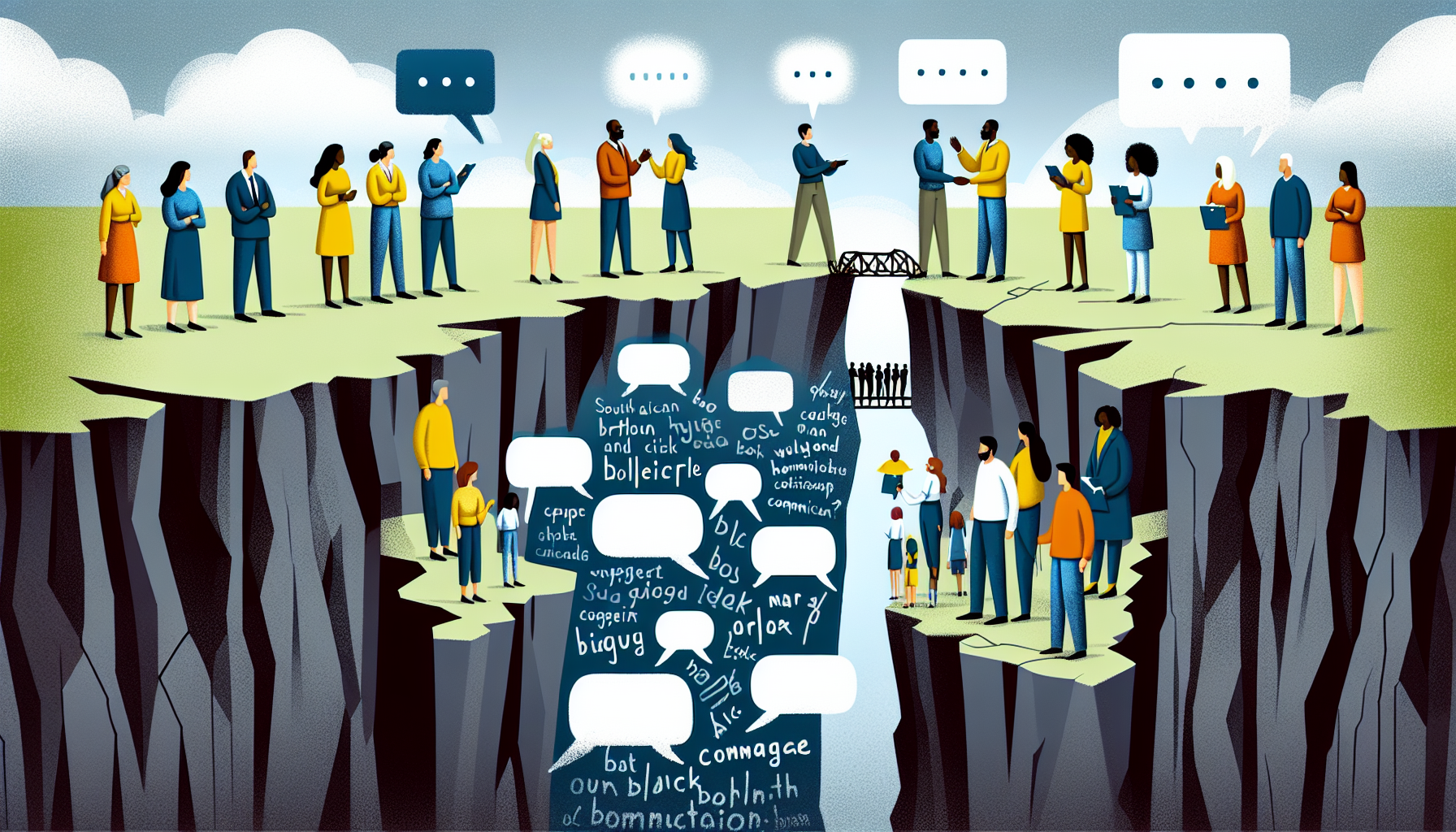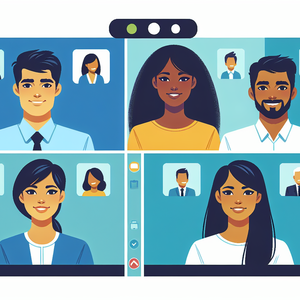The Rise of Sagility in Remote Work Environments

The abrupt transition to remote work during the pandemic highlighted the necessity for organizations to re-evaluate their operational frameworks. Employees faced unprecedented challenges, from managing work-life balance to navigating technological hurdles. In this context, sagility emerged as a crucial framework. Organizations that embrace sagility can offer their teams the flexibility to adapt to changing circumstances while providing the stability needed to sustain productivity. This dual focus enables companies to respond more effectively to market demands and employee needs, ultimately fostering a more resilient workforce.
Case Studies of Successful Sagility Implementation
1. Zapier: A Fully Remote Company Zapier exemplifies sagility in action as a fully remote organization since its inception. With a commitment to flexibility, Zapier employs asynchronous communication tools that allow team members to work at their own pace, regardless of their time zones. This approach prioritizes outcomes over rigid schedules, fostering a culture of trust and accountability. For instance, Zapier's emphasis on results-driven work has led to high productivity levels, demonstrating that flexible practices can yield impressive results without compromising quality. 2. GitLab: Embracing Transparency and Collaboration GitLab is another notable example of sagility in practice. The company promotes transparency and collaboration through its extensive handbook, which provides clear guidelines for communication, project management, and decision-making. This clarity ensures that all team members are aligned and informed, allowing them to adapt quickly to changes. By investing in collaborative tools, GitLab empowers its employees to navigate challenges while maintaining a sense of stability and purpose. 3. Buffer: Prioritizing Mental Health and Well-Being Buffer, a social media management platform, places significant emphasis on the mental health and well-being of its remote workforce. The company’s commitment to sagility is reflected in its policies that encourage regular check-ins, flexible work hours, and dedicated mental health days. By fostering an environment that prioritizes emotional well-being, Buffer empowers its employees to manage stress and adapt to challenges effectively, contributing to higher engagement and productivity.
Interviews with Remote Team Leaders
To deepen our understanding of how sagility thrives in remote work environments, we conducted interviews with remote team leaders. Here are some key insights from these discussions: - Encourage Open Communication: Leaders highlighted the importance of establishing channels for open and honest communication. Such practices foster trust and create a safe space for team members to express their ideas and concerns. - Set Clear Expectations: Defining clear expectations regarding project deliverables and timelines is essential. This clarity provides a stable framework within which employees can exercise their agility, reducing ambiguity and enhancing focus. - Invest in Training: Continuous learning and development are critical for cultivating an agile workforce. Leaders noted that investing in training programs equips employees with the skills necessary to adapt to evolving market demands and technological advancements.
The rise of sagility in remote work environments marks a significant shift in how organizations operate. By integrating the principles of sagility—balancing agility with stability—companies can create a thriving remote work culture that empowers employees to adapt to change while maintaining productivity. The successful implementation of sagility, as demonstrated by companies like Zapier, GitLab, and Buffer, showcases the potential for organizations to navigate challenges effectively while fostering a resilient workforce. As we advance into this new era of work, those organizations that prioritize sagility will not only survive but thrive, setting themselves apart in an increasingly competitive landscape. The journey toward a sagile workplace is ongoing, but the benefits are clear: a resilient, engaged, and empowered workforce ready to tackle whatever challenges lie ahead. As sagility becomes a cornerstone of remote work, it is crucial for organizations to embrace this concept and invest in practices that support both agility and stability.
Remote Agile Project Manager
Asana, Atlassian, various startups
Core Responsibilities
Lead cross-functional teams in the execution of agile methodologies to enhance project delivery.
Facilitate sprint planning, daily stand-ups, and retrospectives to ensure continuous improvement and team alignment.
Collaborate with stakeholders to define project goals, scope, and deliverables.
Required Skills
Strong understanding of agile frameworks (Scrum, Kanban).
Proficiency in project management tools (e.g., Jira, Trello).
Excellent communication and leadership skills to foster team collaboration.
Remote Human Resources Specialist
Buffer, Zapier, GitLab
Core Responsibilities
Develop and implement remote work policies that support employee well-being and productivity.
Conduct regular check-ins with remote employees to gather feedback and address concerns.
Design and facilitate training programs that promote continuous learning and development.
Required Skills
Experience in remote workforce management and employee engagement strategies.
Strong interpersonal skills and the ability to foster a positive remote company culture.
Knowledge of HR software and tools for remote employee management.
Remote Digital Marketing Strategist
Marketing agencies, e-commerce businesses, tech companies
Core Responsibilities
Create and execute digital marketing campaigns that align with business objectives and market trends.
Analyze campaign performance data and adjust strategies to maximize ROI.
Collaborate with remote teams to develop content that resonates with target audiences.
Required Skills
Proficiency in digital marketing tools (Google Analytics, SEMrush, social media platforms).
Strong analytical skills and a data-driven mindset to inform marketing decisions.
Ability to work collaboratively in a remote environment while managing multiple projects.
Remote User Experience (UX) Designer
Tech startups, app development companies
Core Responsibilities
Conduct user research and usability testing to inform design decisions and improve user interaction.
Collaborate with product managers and developers to create wireframes and prototypes.
Ensure that design solutions align with brand guidelines and enhance user satisfaction.
Required Skills
Proficiency in design tools (e.g., Sketch, Figma, Adobe XD) and a strong portfolio of UX projects.
Understanding of user-centered design principles and methodologies.
Excellent communication skills to articulate design concepts to cross-functional teams.
Remote Technical Writer
Software companies, tech firms
Core Responsibilities
Produce clear and concise documentation for software applications, APIs, and user manuals.
Collaborate with developers and product managers to gather technical information and insights.
Maintain up-to-date documentation as products evolve and new features are released.
Required Skills
Strong writing and editing skills with a technical background in software or IT.
Familiarity with documentation tools (e.g., MadCap Flare, Confluence).
Ability to communicate complex technical concepts in an easily understandable manner.


